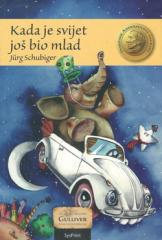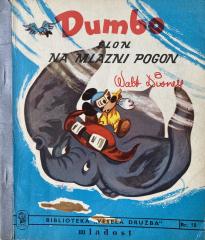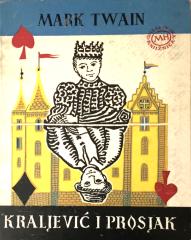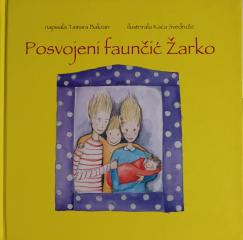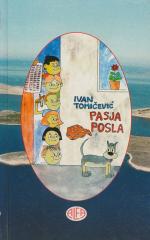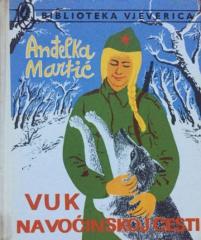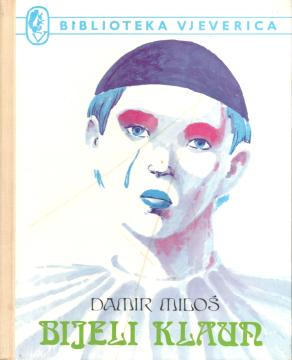
Bijeli klaun
In his novel The White Clown, Damir Miloš tells a touching allegorical story about a boy clown who cannot distinguish colors, lives in a traveling circus with his parents, but sees the world exclusively in shades of gray.
In search of meaning to his unique perception, the boy meets a blind old man in the forest. The old man becomes his teacher: through long, enigmatic questions, he helps him "see" colors with his senses - to focus on the depth of the blue sky, the warmth of the red, the silence of the white outlines.
Preparation for the clown role leads to his first performance: dressed in white, without any colorfulness, he hides a blue tear on stage. The audience is horrified instead of laughing, so that, having lost his place in the circus, the boy sets off on a journey of thought, wearing white as a symbol of innocence and his inner defiance against the superficiality of everyday life.
The central message of the work is the exploration of the "sad clown" as a primordial archetype: true emotion comes from the depths, not from confusion or false cheerfulness. Through encounters with the princess in the forest and arduous inner growth, the boy realizes that the world is too filled with haste, materialism, and a lack of compassion. Only when he paints his face white and raises a blue tear to his cheek does he realize that his task is not to make the world laugh, but to encourage it to truly start living.
The final scene, in which the boy waits for the old man's return for three days in a forest clearing, and then drools a blue tear onto a white mask, is a symbol of humanity's enduring sadness - but also of hope. He becomes a white clown who walks the world, watching people and wondering until the time comes when everyone will be truly happy.
One copy is available
